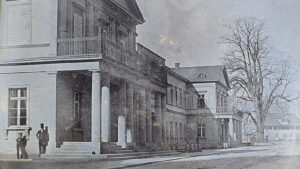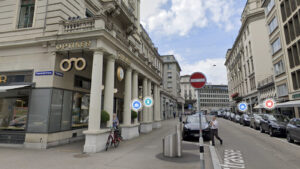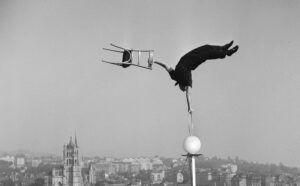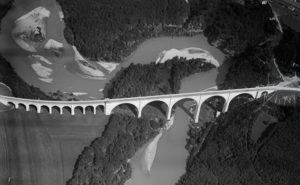
Switzerland’s first photographer
Over 180 years ago, Switzerland’s first photographer, Johann Baptist Isenring, wowed the public and newspapers with his picture and took the oldest existing photograph of Zurich. Although Isenring was one of the best-known and most prolific photographers of his time, very few of his pictures still exist today.
From group engravings to photography
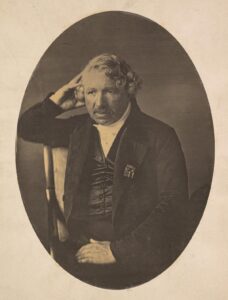
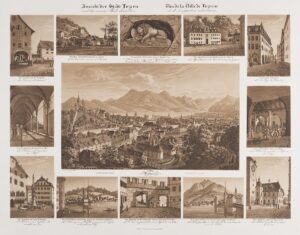
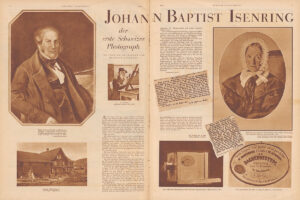
Sitting still for a quarter of an hour?
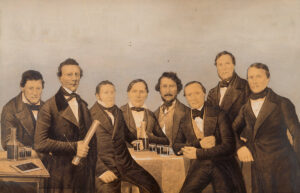
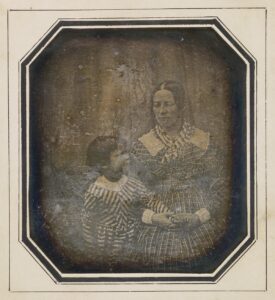
Where are the daguerrotypes now?
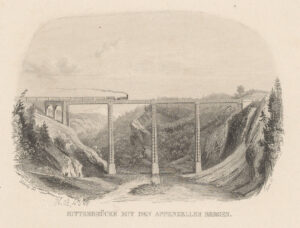
The oldest photo of Zurich

